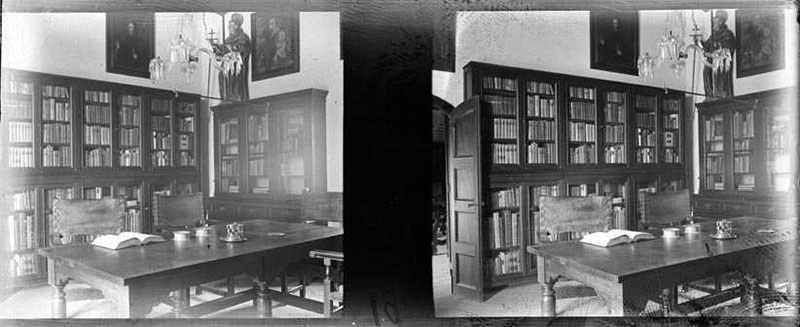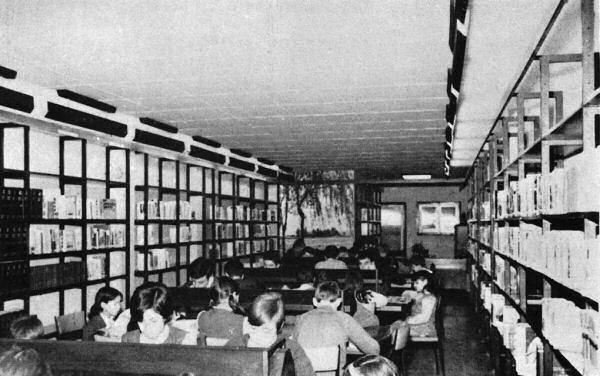Procedències dels impresos de la biblioteca del Castell Monestir d’Escornalbou: les marques de propietat de la col·lecció d’Eduard Toda
Objectius: aquest estudi analitza la procedència dels llibres de la col·lecció adquirida per Eduard Toda a Anglaterra, que van ser traslladats a la seva residència del Castell Monestir d’Escornalbou. És un cas singular de llibres adquirits a Londres i arribats a Catalunya entre 1912 i 1918, que van quedar-se a la casa després del trasllat de Toda a Poblet. Finalment, l’any 1983, la casa va passar a ser propietat de la Generalitat de Catalunya i després de la Diputació de Tarragona. Els llibres van ser catalogats per la Biblioteca de Catalunya i són en dues sales formant part del recorregut turístic de l’edifici. Aquí se n’analitzen les característiques i els exlibris amb la finalitat de posar-los en valor en un futur nou disseny museogràfic de la casa.
Metodologia: l’estudi s’ocupa d’analitzar els llibres anteriors a 1901 inclosos al Catàleg Col·lectiu del Patrimoni Bibliogràfic de Catalunya, amb la finalitat de tenir una visió global de la col·lecció. A continuació es fa l’anàlisi d’una selecció dels exlibris i de les marques de propietat que es conserven al Castell Monestir d’Escornalbou. L’estudi de les marques identifica les utilitzades per Eduard Toda i les dels antics posseïdors dels llibres, tot detectant casos significatius de col·leccionistes anglesos des del segle xviii fins a inicis del segle xx. També s’han pogut identificar alguns catàlegs de venda d’aquestes col·leccions que han permès precisar la procedència d’alguns exemplars venuts per Sotheby’s i altres cases de subhasta.
Resultats: els llibres anteriors a 1901 són un total de 2.529 obres. La majoria d’ells, un 87 %, són llibres del segle xix, i un 11 % del xviii; aquests dos segles reuneixen el 98 % de la col·lecció. L’interès d’Eduard Toda va estar clarament orientat a la cultura europea contemporània, i adquiria llibres en anglès i francès. Li van interessar els llibres en anglès, el 49 % del total, i en francès, el 41 %. Una part dels exemplars reunits per Toda provenien de polítics, parlamentaris i diplomàtics anglesos amb llargues carreres professionals i importants biblioteques, com ara Jean-Sylvain Van de Weyer (1802–1874), polític belga i diplomàtic a Londres. Altres antics posseïdors que van reunir notables biblioteques van ser advocats i militars, com ara el jutge James Lewis Knight-Bruce (1791–1866).


